Peter Davison | Interview | Legendary Composer of “New Age”
Peter Davison composes music scores for Indie Features, the History Channel, A+E, Biography, PBS, Warner Bros., Disney, Universal, Discovery, Gaiam (Yoga/Relaxation music) and others.
Over 30 CDs of his music are on Universal/Higher Octave, Gaiam, Davisounds and TSR/Baja. His CDs ‘Meditate’ and ‘Exhale’ were both in the Billboard Top 10 New Age Albums.
Peter’s CDs ‘On the Edge on Now’ and ‘When I Go Inside’ received the Global Music Awards Silver Medal for Best New Age Album. ‘Blooming Memories of Spring’ (from his CD ‘My Universe in Harmony’) received the Silver Medal New Age in the Global Music Awards, 2019. His CD ‘Iris-Bringer of Dreams’ received the Global Music Awards Silver Medal, New Age, 2018. His instrumental ‘Sip of Wine’ (from his CD ‘Future, Present, Past’) received the Best Song of the Year Award, Hollywood Music in Media Awards, (New Age/Ambient), 2010. Peter’s score for the PBS Series ‘The Endless Voyage was nominated for the Best TV Score, Series in the Hollywood Music in Media Awards.
Peter Davison’s Yoga/Relaxation music is used for Spas, Yoga, relaxation, meditation, massage, – anywhere that a deep, calming and soothing environment is desired. He composes the memorable music for over 45 of GAIAM’s award winning DVDs featuring master instructors Rodney Yee, Patricia Walden, Suzanne Deason, David-Dorian Ross and others. His CDs are best sellers in this field.
Fact of Being recently reissued his first two albums. In the following interview we discussed Peter Davison’s career in the field of New Age.
“Timeless music is my goal as a composer”
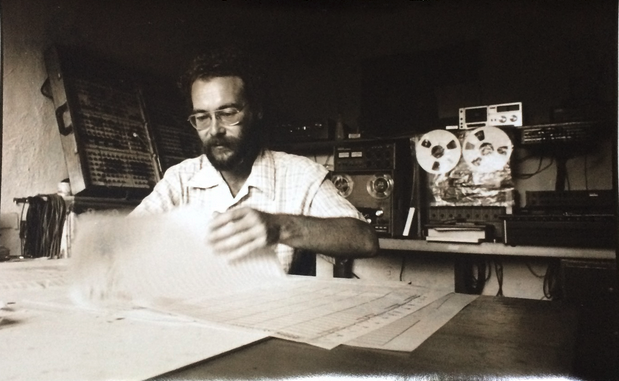
To begin with, when and where were you born and was music a big part of life in the Davison household?
Peter Davison: I am from Los Angeles, 1948. My parents had friends in the film and music world, they had parties at which musicians from around LA played. So I grew up with music in our home. My mother played guitar and studied with Vicente Gomez. My father knew all kinds of songs and he would sing them around the house. They had a lot of records, mostly 78 sets. By Stravinsky they had ‘Firebird’, ‘Petrushka’ and ‘Rite of Spring’. There were orchestra settings of indigenous South American music by Carlos Chavez. Lots of orchestral music by other composers. Comedy by Danny Kaye, Grouch Marx and others.
At what age did you begin playing music and what were the first instruments that you played?
I started playing recorder when I was 4, flute when I was 6. I started flute lessons at that time. Our grammar school had an orchestra and I got into that. We had a piano and I played that and was self taught. I started sax in Jr. High and guitar and bass guitar in High and played in all kinds of bands and ensembles. And continued in classical ensembles.
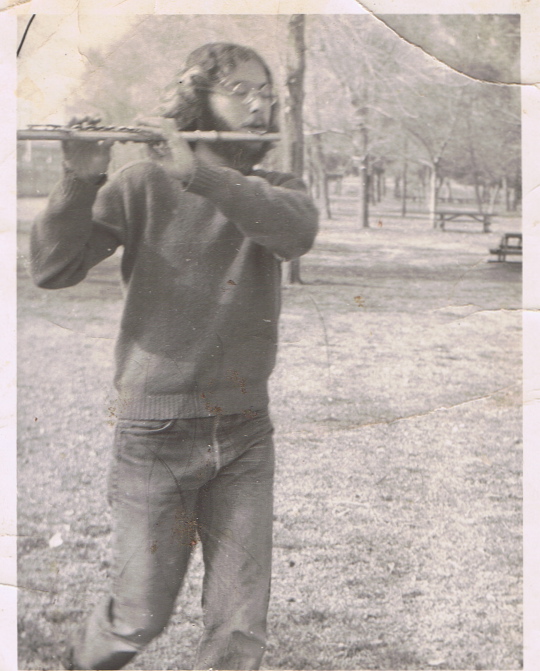
How did you decide that you want to create something your very own?
I played music every day. I did compose music in grammar school, but mainly I loved making the different kinds of notes on music paper. Because of playing different instruments and music in different kinds of ensembles, I heard the harmonies above and below what I was playing. I also went to a summer music camp for 3 summers in Jr. High, Arrowbear Music Camp. The orchestra conductor offered music theory class for any kid who was interested and that is where my interest in composing started. I began to think of myself as a composer. In High School we had music theory and we used the Paul Hindemith Music Theory book he wrote for Harvard Univ. So through the 3 years of High School I worked a lot on music theory. I began composing at this time in High School, music for our harmony class and music played on guitar. Also songs I wrote, with lyrics. I played in a rock band in High School and after finishing High School a blues band, Dirty Rice. I played electric bass. This band had a regular gig at the Ashgrove, the home of Blues in LA in the 60s. We backed up all kinds of blues singers, Lightnin’ Hopkins, Long Gone Miles, Big Mama Thornton, Albert King, et cetera. We also toured. This love of American folk music, rock, jazz and blues was a huge influence, but after about a few years, I realized I don’t like touring and my personality is not a blues or rock type guy and that I would not be able to have a career doing this. I was 19 at the time and I decided to get more serious in college and about music…
I went to California State University at Northridge, which has a great music department. I received a Bachelor’s in Music Composition in 1973 and a Masters in Music Composition in 1975. While at CSU Northridge I taught electronic music and music theory classes. After University I continued teaching electronic music and theory classes at East Los Angeles College, just 1 night a week which covered my basic expenses.
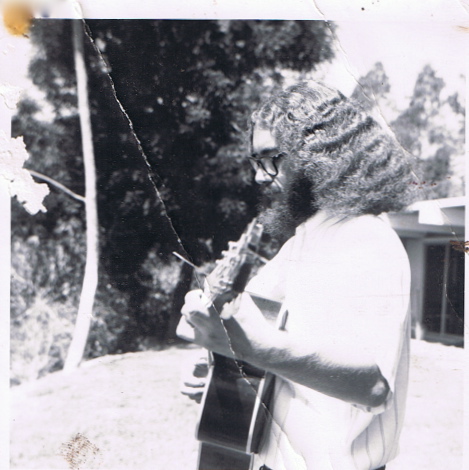
While at university I composed “Classical New Music”. Varese, Stravinsky, Schoenberg, Berg, Webern, Messiaen and all sorts of composers were my influences. My compositions were performed at Colleges and Universities around LA and also art museums and “New Music” concerts. In 1973 I composed a large symphonic piece called ‘Polyphemus’ (the Cyclops in Homer’s “Iliad and Odyssey”). It was performed at CSU Northridge. Based on this composition I received a Grant in Music Composition from the National Endowment for the Arts, 1975. I composed Symphony #1 which was performed by the Immaculate Heart College Symphony. Based on Polyphemus and Symphony #1, in 1976 I received a Grant from The California Arts Council. I composed a full concert of 8 pieces for Chamber Orchestra. This was performed by members of the LA Chamber Orchestra at the Morgan Theater in LA, conducted by myself. Because of my study of Messiaen, I began to listen to and study the music of Bali and Java. In 1979 I went to Bali for 6 weeks and learned and played Balinese music. It was much more real than listening to records and reading – it was a life changer.
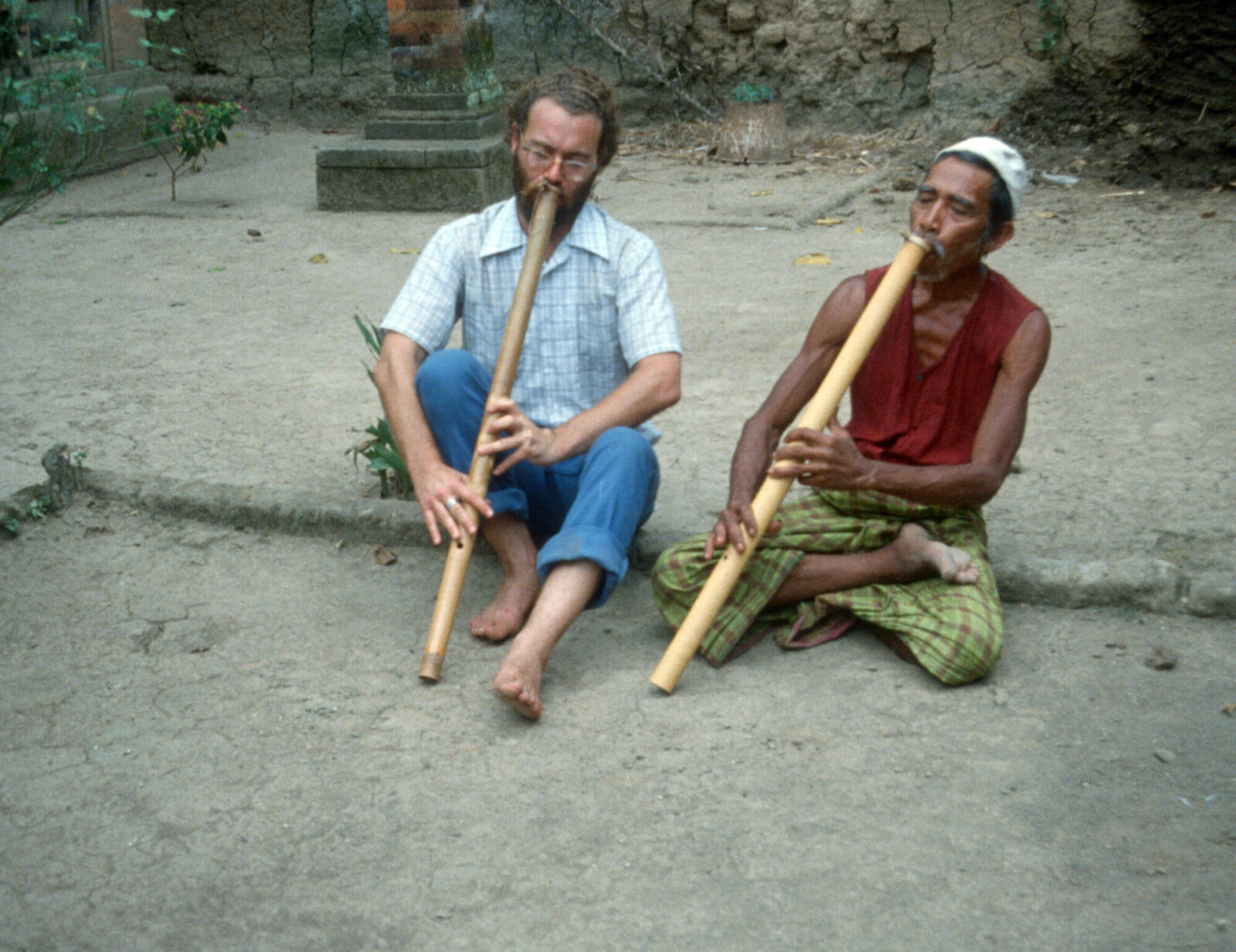
Back in LA, I recorded ‘Music on the Way’ in 1980. This album was my first composition with Indonesian influence. Then, in 1982 based on my previous grants and compositions I received a Grant from the Foundation for New American Music. I composed ‘Eagle Springs’ for orchestra and I conducted the New American Symphony at the LA Music Center, which was an amazing experience.
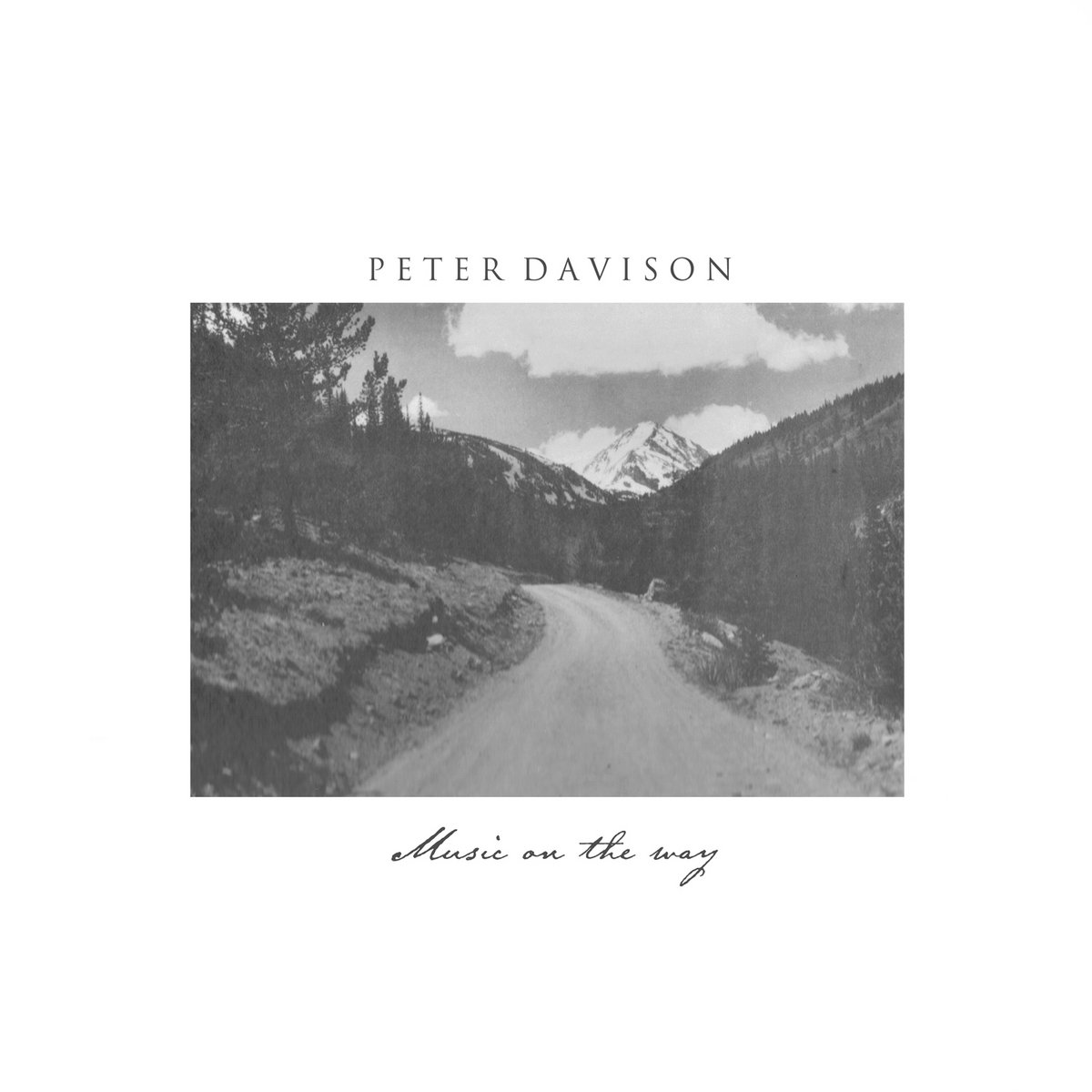
About TV/Film scoring. In 1975 while still at CSU Northridge I did a film score for one of the Film Profs. It was shown all over Southern California and a production company, Churchill films had me compose a series of scores for children’s films. I realized that my dream of composing being my “day job” was truly a possibility! While I was being successful with grants, at that time they were getting harder to get, so scoring music seemed like a good idea. Because of Churchill Films, I began composing scores for other production companies. I balanced composing music for grants, scores, my albums and teaching. I also started doing orchestrations for the big studios, Warners, Disney, Universal, et cetera.
In 1977 I moved to Santa Monica, where Iris, my wife and I, lived until 2011. Between 1980 and 1986 I composed my 7 albums on Avocado Records, my own label. There was a large and prolific avocado tree in our backyard, so that is how Avocado Records started. I had a wonderful distributor, Pyramid Distributors and the music really got out there. In 1986 I was contacted by Higher Octave Music about licensing my 7 albums. They did a wonderful job. Also in 1986 I was contacted by Living Arts about scoring their first video. This also worked out great and I ended up scoring about 45 of their very successful yoga, relaxation, et cetera DVDs. Living Arts got bought by GAIAM. GAIAM got requests for the music from the DVDs and GAIAM eventually released 10 CDs of my music. At this time, I stopped my very part time teaching. In 1988 I was contacted by Intelecom, a production company that produced 26 episode series of all kinds. Between 1988 – 2009 I composed scores for a 26 episode series each year, which was really wonderful. I also composed scores for PBS, History Channel, Discovery, etc. In about 1992 I also was on the orchestration team for “The Flash” and “Batman the Animated Series” for Warner Bros. I also was the orchestrator for SeaQuest DSV for Universal and Chicago Hope for Dream Works.
In 1999 we bought a home in Idyllwild, a town of about 3000 people, about 6000 feet elevation in the San Jacinto Mountains, a huge pine and oak forest. In 2011 the stars aligned and we moved to Idyllwild. After about 40 years of scoring TV/film and making my albums in LA, I stopped doing scores and dedicated myself to albums. We live in the forest and behind our house I have a lovely recording studio in the forest. I have composed 19 albums on the Davisounds label so far in Idyllwild. I do occasionally do a TV or film score, but I am mostly composing albums of my music. I am currently working on my 42nd album. My Pandora channel has 81.5 million plays at this point, with similar stats on Spotify, Apple Music, et cetera.
“Timing is also a large part of the composing”
Does your music have a certain concept behind it? Certain aspects that are always considered when creating music?
Of course, TV/film score music is based on the production, the type of music, timings, et cetera. This is what is fun and challenging about scoring, you compose all sort of music. Dramatic, horror, psychological, Americana, historical styles, machine like styles, dreamy romantic styles…rock, jazz…whatever the production needs. Timing is also a large part of the composing; scoring the music to follow the action as it progresses.
My first album of music on my own label, Avocado, was ‘Music on the Way’. For this album I listened inside and the compositional ideas where there, waiting for me to bring them into reality. As I continued with my first 7 albums, each album sort of grew out of the previous album. These are the albums that were first released on Avocado Records and then re-released on Higher Octave.
For the GAIAM Yoga/Meditation/T’ai Chi, et cetera DVDs I compose flowing music, with all sorts of wooden flutes and other woodwinds, strings, various kinds of bells, choir, et cetera. I compose the music while playing back the video, so the music flows along with the movement we see on the screen. For the GAIAM CDs, there is some direct music from the scores, most is composed with the scores as inspiration.
In 2010 I again started my own label, Davisounds and have now released 24 albums on this label. I sort of went back to my Avocado days, after years of TV/Film scoring, and composed the music I heard within. And again, each album sort of grew from the previous album. My sound color palette keeps growing, so the albums have all of my previous sounds with larger layers of texture using orchestral settings, choir settings and environments of layers of sound made through electronic means, sounds that cannot be made by acoustic instruments, although I keep the sounds within the realm of acoustic and natural vibrations.
How would you describe your sound?
For my TV/Film scoring the sound is again determined by the visual. Large orchestra, acoustic America, Asian, rock or pop, et cetera. Whatever works with the picture.
For my albums, my sounds combines New Age timbres, all sorts of bells and chimes, wooden flutes and other woodwinds, dreamy and lush textures of clouds of sound, large orchestra, choir. I love orchestration and very full sounds, so I do a lot of experimenting with all kinds of stuff!
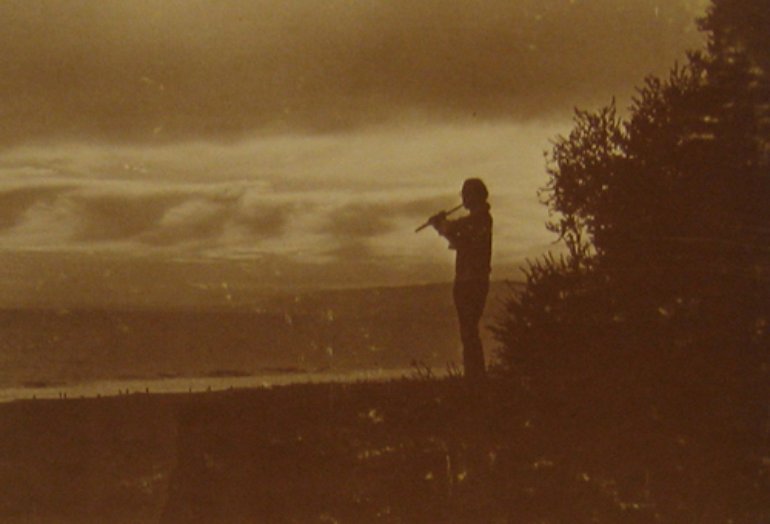
How do you usually approach music making?
From the beginning I wanted composing to be my “day job.” Composing had become part of my regular day when I was about 20. In college I composed a lot, both for school work and my own interests, I developed the habit of composing each day. When I started tv/film scoring, my composing was pretty constant, both with working along with the concept of the production and of course, the deadline. About 40 years of doing this will make the composing habit pretty strong. So, in 2011 when we moved out of the big city to Idyllwild in the mountains, I continued with my composing habit and I am now working on my 42nd album.
“I realized I was “thinking” the New Age zeitgeist of the time”
Tell us about ‘Music On The Way’ and Avocado Records. What’s the story behind working on your debut album?
In 1979 I had the use of an 8 track recorder, a mixer and a mastering recorder. These were in my home. I also had a Serge Modular Music System. I used this studio set up both for some of my scores and music I was composing for my own pleasure. I experimented with all sorts of sound textures, recording techniques with my flute collection and music I heard in my mind’s ear that I wanted to “capture.” By the end of the year, I had completed and hour of music, which I originally titled ‘Selamat Siang’ (Good Afternoon in Indonesian). No one knew what it meant and I changed it to ‘Music On the Way’. I began to think that maybe this album would be the first step in the direction of my life. It was! I have continued making albums of my music on my own label all along. Since I was composing all styles of music for TV/Film, I wanted to compose harmonious, lush, Asian and global influenced music. Positive, peaceful, dreamy, uplifting, flowing, harmonious, melodic, soothing, balanced, et cetera. I realized I was “thinking” the New Age zeitgeist of the time, 1980. I figured out how to start a record label and I called it Avocado after the prolific tree in our backyard. I found out the various legal requirements. I found out how to register the music tracks with Music Rights Organizations. I wanted to design the cover artwork and I learned how to do that. Except for the GAIAM albums, I have designed the artwork for all of my albums. I looked in the Santa Monica phone book under New Age and found Pyramid Distributors, they did a great job of distribution until Higher Octave licensed and re-issued the music on their label.
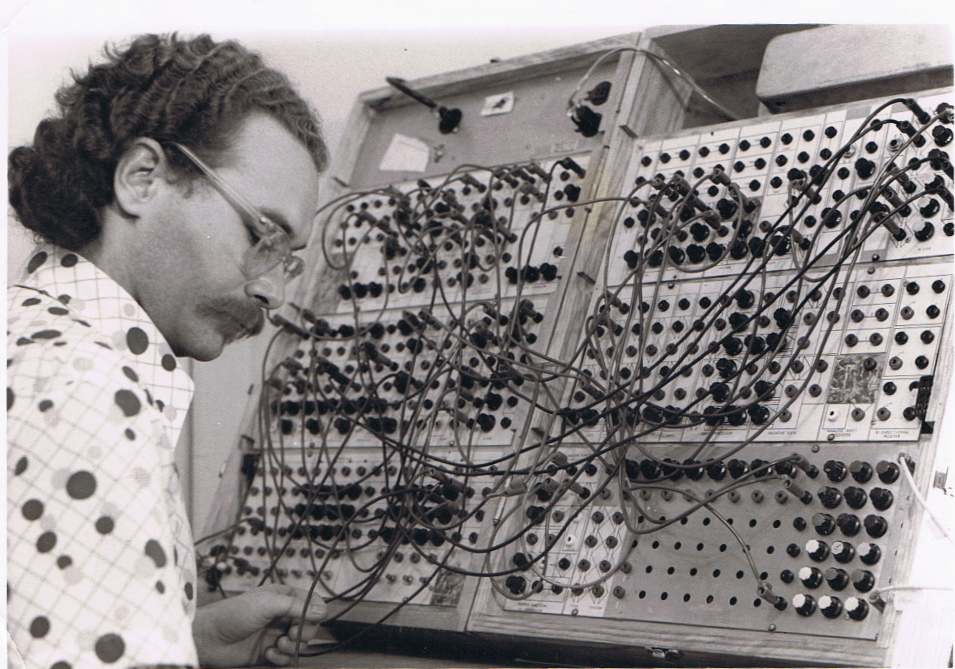
“All of the music on ‘Glide’ was recorded in this type of experimentation”
Your most well known album is ‘Glide’. It’s truly a stunning piece of what we call now “New Age”. What are some of the strongest memories from recording it and do you remember what was going on while creating this piece?
I fell in love with the word “Glide”. I wanted to compose music about “Glide”. I also wanted to continue experimenting with sound. The first piece, ‘Glide I’ is performed by Peter Kent, an “A” level studio musician in LA. All of the sound on ‘Glide I’ is the violin, no other instruments. I composed the music late at night, after working on scores. Same with Peter Kent, he did studio work in the day and came to my studio at night and we recorded. I love the flowing eighth note background and we recorded it 6 times at half speed. Then it was mixed to stereo, at double speed, raising the pitches and octaves. It resulted in a haunting sound of the violin. The bass is violin pizzicato recorded 4 octaves higher and 4 times faster than the final sound. When slowed down, it sounds like a supernatural bass. The violin solo was recorded in real time. It was a wonderful experiment. All of the music on ‘Glide’ was recorded in this type of experimentation. I still love to experiment with sounds in all sorts of ways. At the time I was also composing scores for Disney Educational Productions, Churchill Films and other production companies, so it was a busy time.
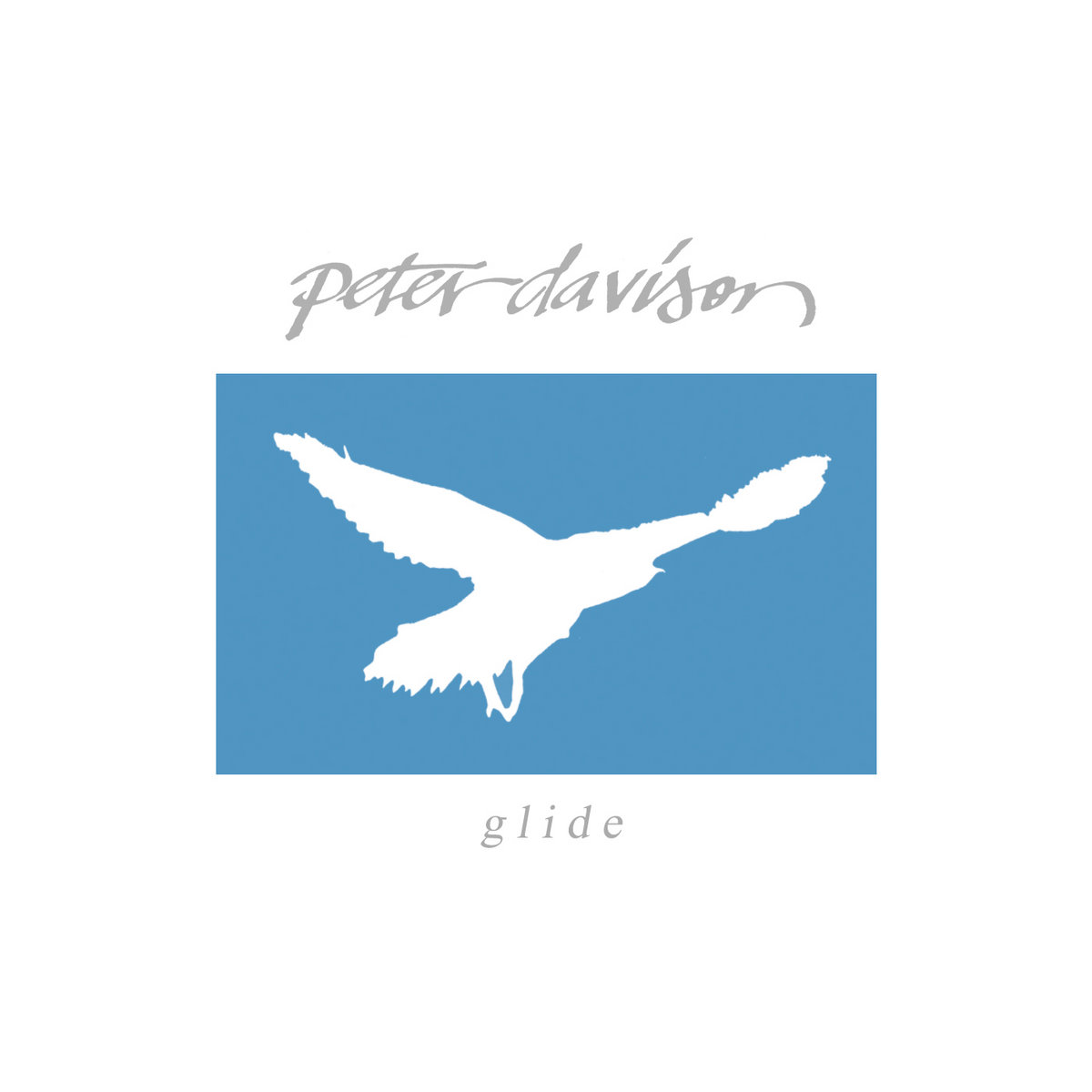
Fact Of Being reissued both of your albums. Was the sound remastered?
The original tracks had been remastered for all of my Higher Octave Music from the original multi track masters in the late 90s. Not changed much, just cleaned up.
How would you compare it to your later albums like for instance ‘Forest’, ‘Star Gazer’, ‘Mountain’, ‘Traces’, ‘Winds of Space’? Maybe a few words about each of the releases?
‘Forest’ was delving into the sounds of nature, the forest. I went on a backpacking trip in the Sierras and listened all the time. The cover photo is where I camped and wrote down musical ideas.

All of the music is sort of transcriptions of the sounds of nature, in musical harmony.
‘Star Gazer’ was my reaction to reading a large book about astronomy. Astronomic concepts composed into music.

‘Mountain’ was, similarly, music inspired by mountains.

‘Traces’ includes a lot of my Indonesian influences.

‘Winds of Space’ was truly inspired by the zeitgeist of 1985, music for the universe.

In the last couple of years you released a lot of material for Indie Features, the History Channel, A+E, Biography, PBS, Warner Bros., Disney, Gaiam (Yoga/Relaxation music) and others. Would you like to tell us about all that?
As I said, not the last couple of years, but my entire adult life starting in 1975 I have been scoring tv/film. I was lucky to have composing music be my “day job” all my life, which was my dream. Here is my credit list:
[link to Peter Davison’s official website]
Here are clips of my scoring: [link to YouTube]
… and you are still making a lot of solo records, last being ‘When I Go Inside’. (4 albums have been released since “When I go Inside” and another will be released in Sept.
All my albums, the Avocado/Higher Octave, the GAIAM and the Davisounds albums are solo albums. I do sometimes have other musicians play on them, though. I am currently composing my 42nd album, as yet untitled. My most recent release is ‘Moments of Transformation’. My next album will be released in early September 2021 titled ‘Plateau’. In 2010, I once again started my own label, Davisounds. The first release is titled ‘Take Me Back to Eden’. I have been making albums on this label since then. On Pandora my streams are at 81.5 million, with similar stats on all internet music outlets.
So: Higher Octave/Universal 1980-1986, GAIAM 1986 – 2000, Davisounds 2010 to present
Has your musical approach changed over the years?
I have scored about 1,000 tv/film scores over about 40 years and 42 albums of my music. Over that time I have gone through all sorts of compositional changes, equipment changes, personal changes on and on.
What kind of equipment do you use?
Over the years:
Tascam 80-8, the Tascam DA-88, Tascam 25-2, Tascam and Mackie mixers, moved on to computer
Putney VCS 3, Serge Modular Music System, Oberheim 4 Voice, Roland S500, Korg Poly 6, Akai S2000, Akai S5000, et cetera
MAC SE 30 with MOTU Performer, MAC G3 with Digital Performer, MAC G4, G5, Pro Tower
Current MAC Pro Tower, Dig Performer, Kontakt, lots of orchestral and other sound libraries, et cetera
Is there a lot of unreleased material you would like to see being available to the public?
Most of my music has been released, albums and TV/Film scores. I do have some music that has not been released for various reasons.
Is your material set in stone by the time you record, or is it an ever-evolving process?
When I started I composed “sketches” on paper and then committed them by hand to orchestra paper or individual part paper. Currently I compose directly to MOTU Digital Performer and do all sorts of edits until I am ready to make the final mix.
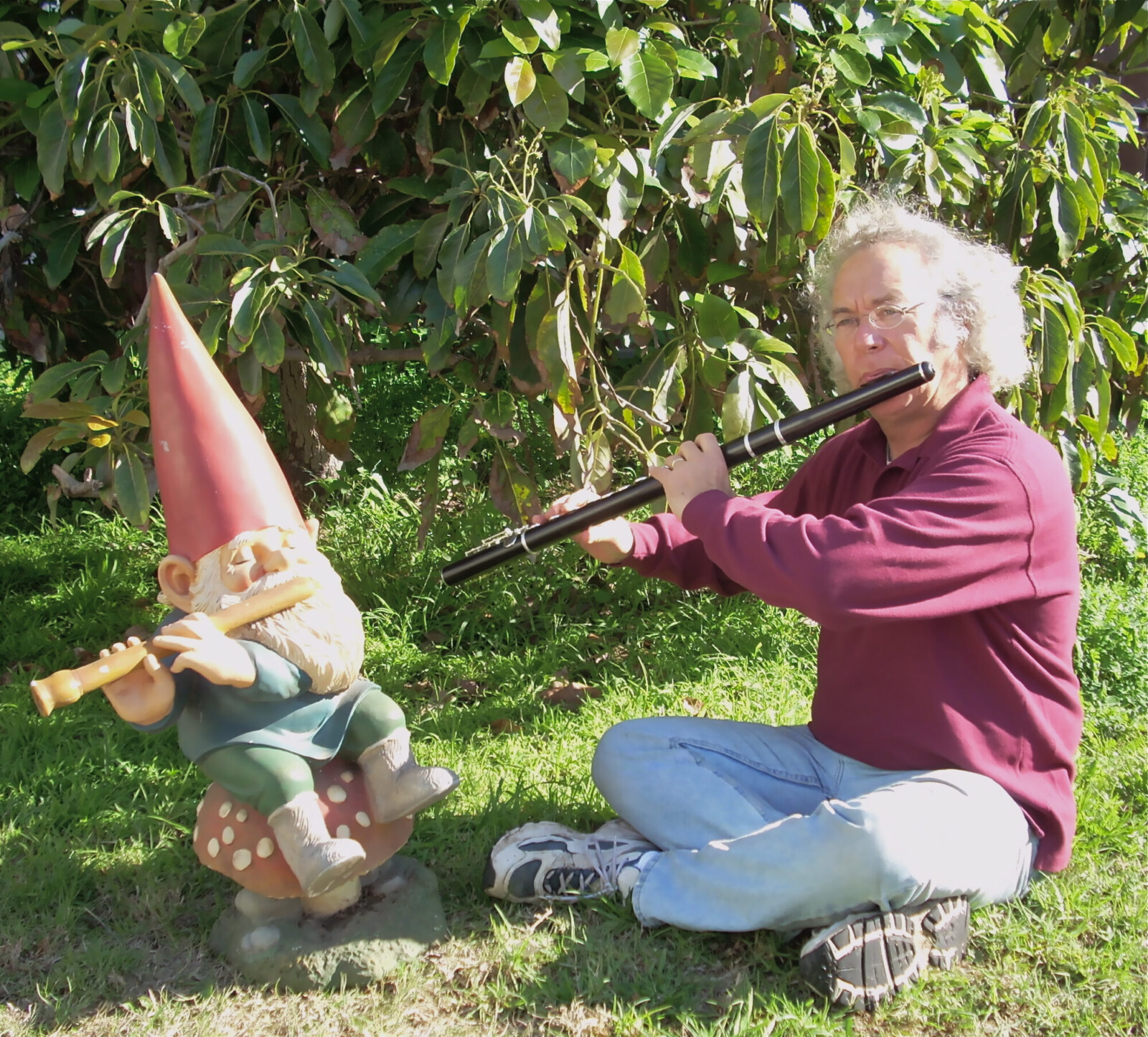
Have you ideas that refuse to step through the door with you? And what do you do with those sketches?
I do make sketches of ideas that occur in the moment. Many of these have gone on to be cues in my TV/Film scores or on my albums.
What currently occupies your life? Any future projects we should expect?
Composing my albums is pretty much how I spend my time. I have 2 albums “in the can”. ‘Plateau’ will be released in September 2021, ‘Rest and Be Thankful’ is complete and will be released in March 2022. I am currently composing my next album, my 42nd to be released in about September 2022.
I also just finished a feature documentary score for “Bella” one of the most influential choreographer/dancers from 1970-1990. This is for PBS.
“Timeless music is my goal as a composer”
Your music has a timeless quality to it, is that quality important to you?
Timeless music is my goal as a composer. The music I have listened to over the years is timeless, generally it seems to me the better the music, the more timeless it is.
Do you find yourself to be a perfectionist, in control, or do your ideas lead you, taking on a life of their own?
To me the subject of “control” is a continuum. Sometimes you have a specific idea, ready to go; sometimes it is a vague sound you hear and then you spend days trying to find out what it is. And the continuum is all the variations on the concept between controlling and going with the flow.
Let’s end this interview with some of your favourite albums. Have you found something new lately you would like to recommend to our readers?
Listening to music at this point is composing the music I am working on. A lot of the time, I don’t like to listen to other music, it takes me out of my composer zone. Some of the things I have listened to recently are Mass in bm and cantatas by Johann Sebastian Bach (to me the most perfect music), La Mer and Nuage by Debussy, The Alpine Symphony by Richard Strauss, Symphony of Psalms, Rite of Spring, Fire Bird, Octet for Winds by Stravinsky, all kind of TV/Film scoring, some classic folk rock, doo wop (a big fan in my early teens), current pop, et cetera. I would recommend listening to all kinds of music!
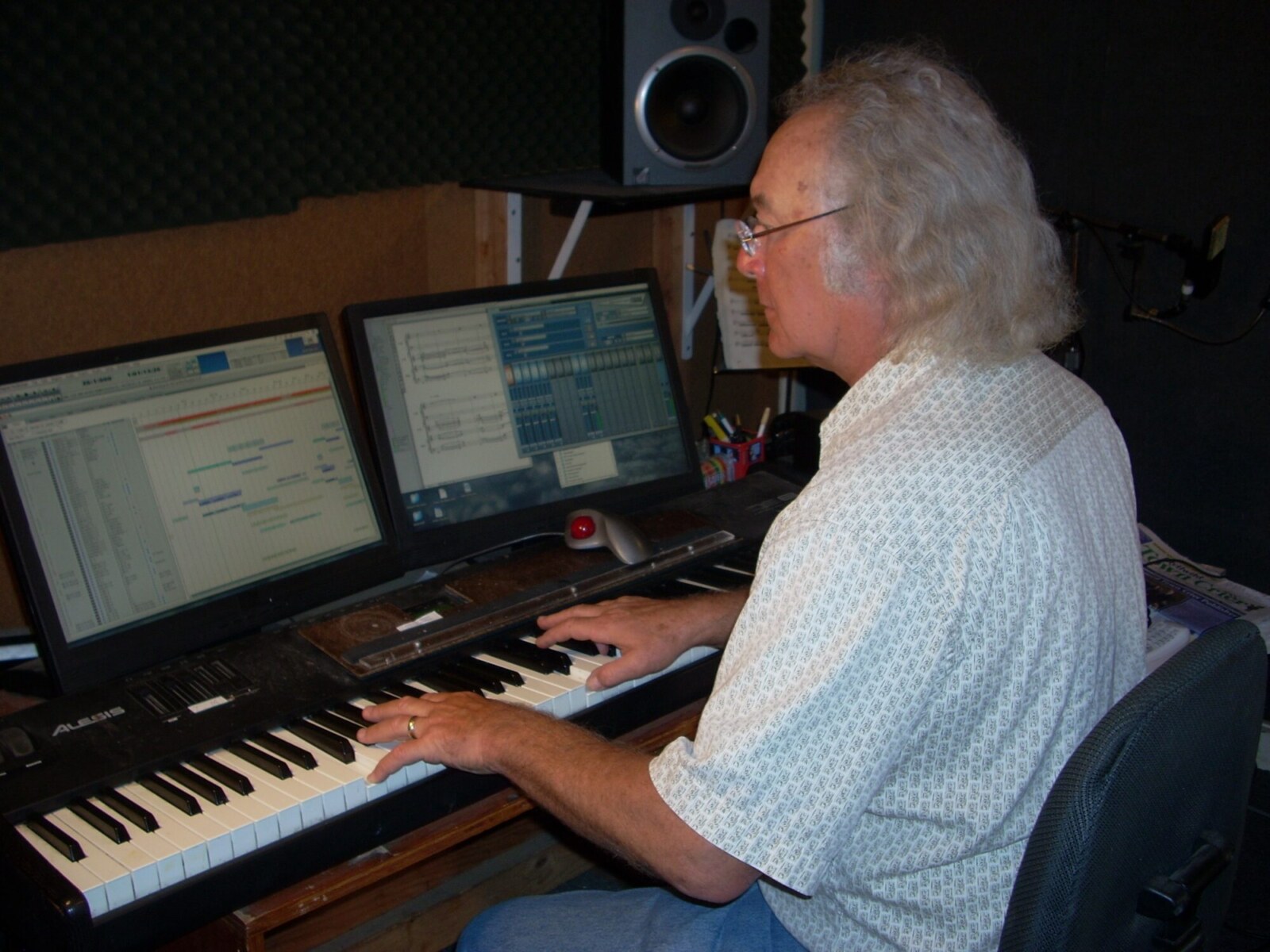
Thank you for taking your time. Last word is yours.
I hope I have made it clear that I have been composing, performing and producing music all my life. I will continue with this, there is nothing better to do! I hope your readers will continue listening to my music and listen to my new albums, as well as my “classics” from the past!
Klemen Breznikar
Peter Davison Official Website / Facebook / Instagram / Twitter / YouTube / Bandcamp / Pandora / Apple Music / Spotify
Headline photo: Peter Davison in 1974

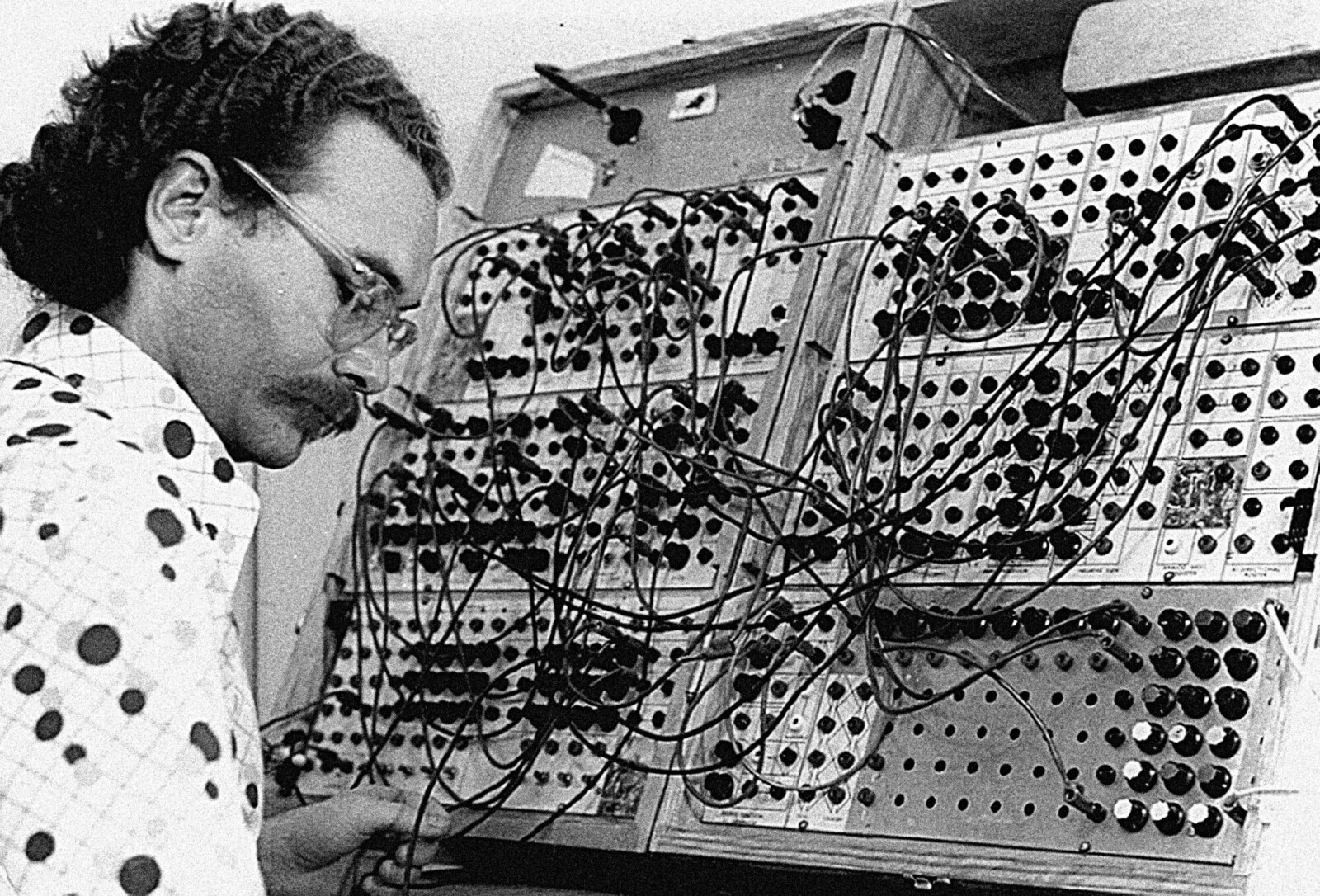

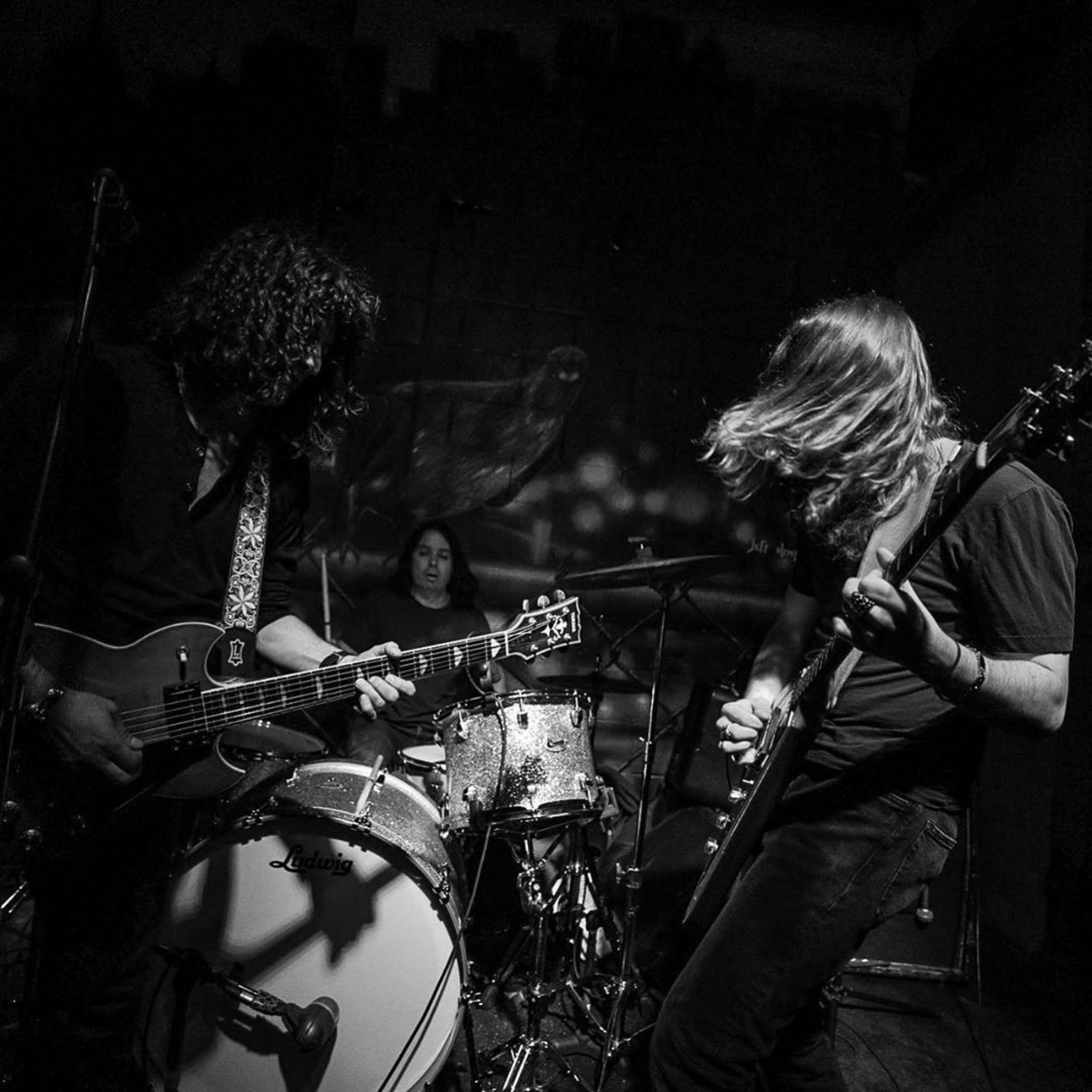
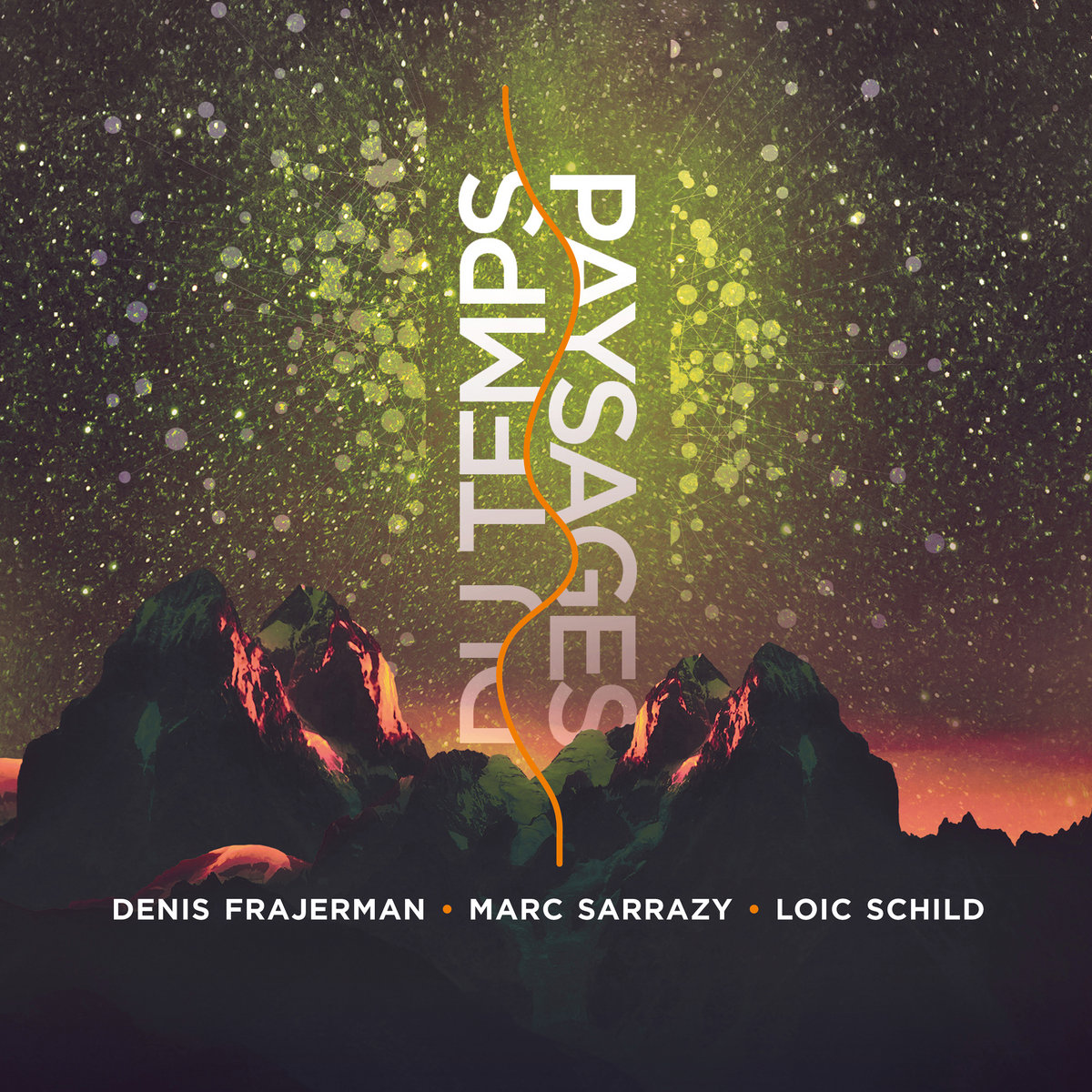
Excellent and well thought out interview. Nice to see Peter Davison come back into the light. Forest and Winds of Space(back in the new age heyday NA radio in Florida played the heck out of that one!) are timeless classics in my library. I hope those gems also get a dusting and a re-release.